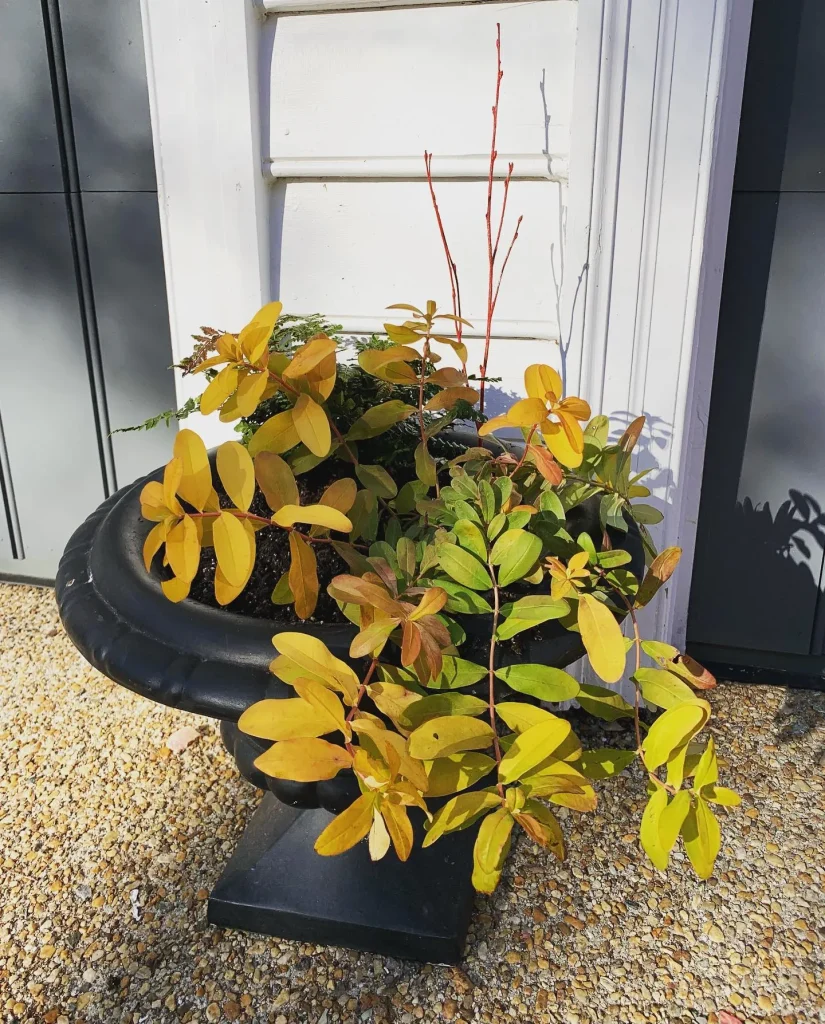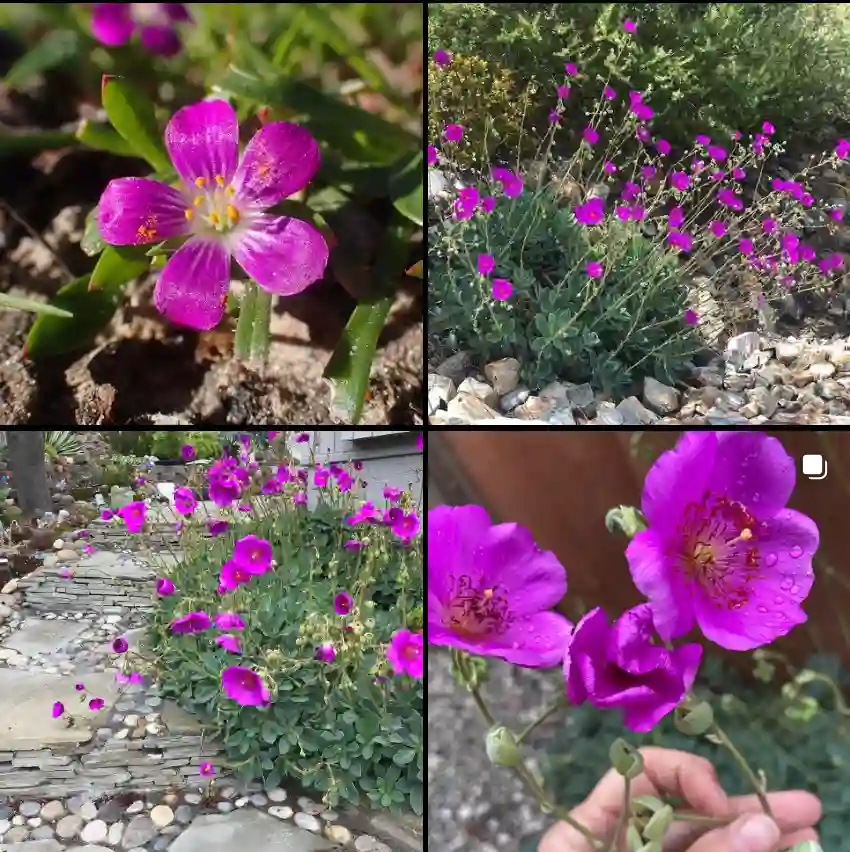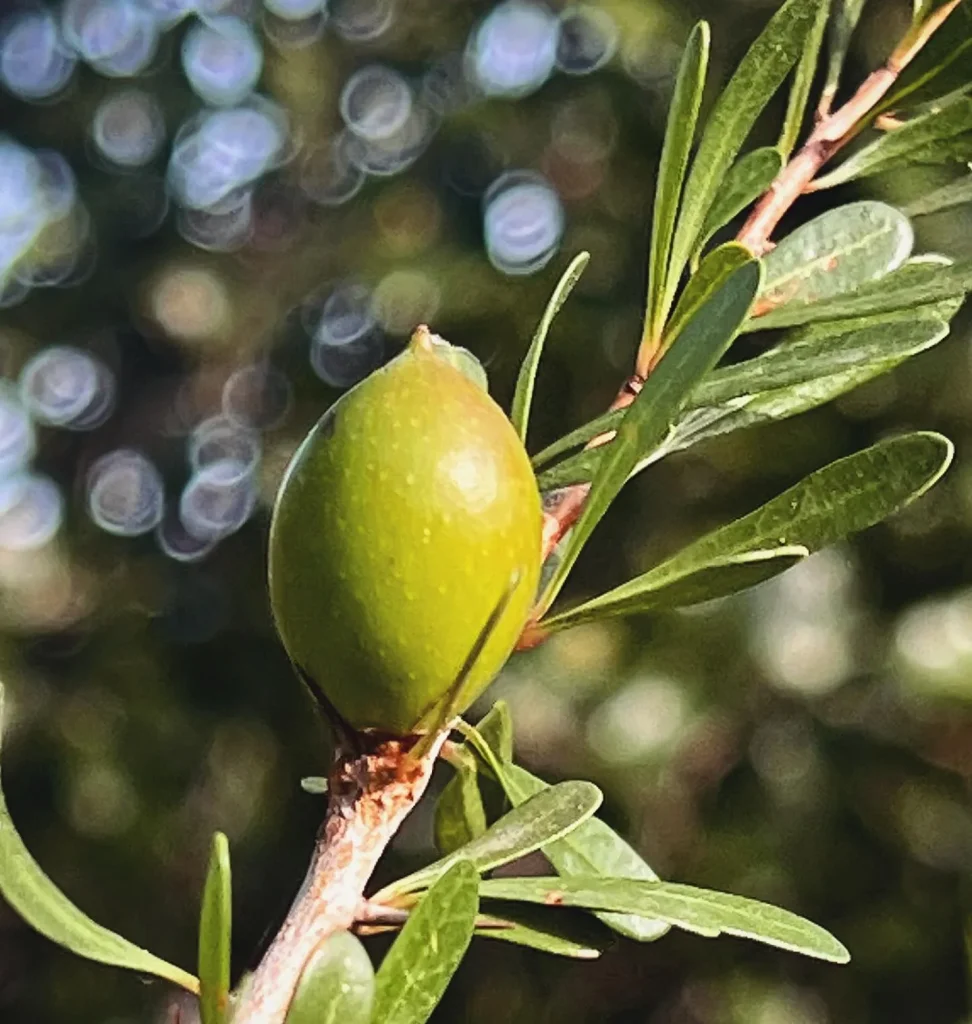FAQs About Lilium Speciosum
I’ve always had a soft spot for lilies, and Lilium Speciosum (commonly known as the Japanese Lily or Showy Lily) holds a special place in my garden. Its striking blooms and sweet fragrance have captivated many gardeners. However, I’ve often received questions about caring for this plant, its benefits, and even its potential issues. Here, I’ll share answers to the most common FAQs about Lilium Speciosum, based on my personal experience.
121 Species in Genus Lilium
What Is Lilium Speciosum?
Lilium Speciosum is a species of lily native to Japan and Taiwan. It is known for its large, trumpet-shaped flowers, which typically bloom in shades of pink to white. The flowers are also covered in striking spots, adding to their allure. They bloom in late summer, offering a sweet scent that attracts bees and butterflies.
I’ve always loved planting Lilium Speciosum in borders where their tall, elegant stems rise above shorter plants. Each bloom appears as if it’s nodding in the breeze, adding a delicate movement to the garden.
How to Care for Lilium Speciosum?
When it comes to caring for Lilium Speciosum, I’ve found that they’re not as fussy as they appear, but there are a few key points to keep in mind:
- Sunlight: These lilies prefer full sun to partial shade. I’ve always ensured that mine get at least 6 hours of sunlight daily, especially in the morning.
- Soil: Well-drained soil is a must. In my experience, soggy roots spell disaster for lilies. I mix in organic matter like compost to improve soil drainage and fertility.
- Watering: I make sure to water them regularly during their growing season, but I let the soil dry out a bit between waterings. Overwatering can lead to root rot, which is something I’ve learned the hard way.
- Fertilization: Lilies are heavy feeders. I apply a balanced, slow-release fertilizer in the spring when new growth appears. Reapplying a light dose during the growing season helps maintain their vigor.
- Staking: If you grow them in a windy area, like I do, you’ll need to stake them. Their tall, slender stems can easily topple over when laden with blooms.
How to Propagate Lilium Speciosum?
I’ve had great success propagating Lilium Speciosum through bulbs. Here’s how I do it:
- Dividing Bulbs: After the lilies have finished blooming, I dig up the bulbs and gently separate the offsets (small bulbs growing off the main one). I plant these smaller bulbs in the fall for blooms in future seasons.
- Seed Propagation: Though slower, growing Lilium Speciosum from seed is also possible. I’ve tried it, but it takes patience since the seedlings might take several years to bloom.
What to Plant with Lilium Speciosum?
I love pairing Lilium Speciosum with other late-summer bloomers. I often plant mine alongside:
- Phlox Paniculata: Their vibrant colors complement the lilies while creating a beautiful contrast in form.
- Hostas: These shade-loving plants make excellent companions when planted at the base of Lilium Speciosum, helping to keep the soil cool.
Another favorite combination of mine is with Echinacea. The sturdy stems of Echinacea provide a natural support for the lilies, while their colors blend beautifully together.
Is Lilium Speciosum Toxic?
Yes, like many lilies, Lilium Speciosum is toxic, especially to cats. I always advise caution if you have pets. Even a small amount ingested can lead to serious health problems in cats, including kidney failure.
However, in my garden, I’ve kept the plants out of reach of pets, so it hasn’t been an issue. Always ensure that children and pets don’t have access to the plant parts.
What Are the Benefits of Lilium Speciosum?
Aside from their obvious ornamental beauty, Lilium Speciosum offers several benefits to your garden:
- Attracts Pollinators: I love watching bees, butterflies, and even hummingbirds flock to these fragrant flowers.
- Long Blooming Season: These lilies bloom from mid to late summer, providing weeks of vibrant color when many other plants start to fade.
- Fragrance: The scent of Lilium Speciosum is intoxicating. I often cut the flowers for indoor arrangements, bringing their sweet aroma inside.
Common Problems with Lilium Speciosum
Despite their beauty, Lilium Speciosum can face a few issues. In my experience, here are the most common ones:
- Botrytis Blight: This fungal disease causes spots on the leaves and stems. I’ve learned that good air circulation and avoiding overhead watering can help prevent it.
- Bulb Rot: Overwatering or planting in poorly drained soil can cause bulbs to rot. I always ensure the soil is well-draining and avoid waterlogging the plants.
- Aphids and Red Lily Beetles: These pests can be a nuisance. I use insecticidal soap or neem oil to control infestations when they appear.
Comparing Lilium Speciosum to Other Similar Lilies
There are several lilies that are often confused with Lilium Speciosum, such as Lilium Regale and Lilium Auratum. From my experience:
- Lilium Regale has similar trumpet-shaped flowers, but they are typically white with a pinkish tinge on the outside and a yellow throat.
- Lilium Auratum (the Golden-Rayed Lily) has white petals with golden stripes and red spots, making it look quite different from the spotted Lilium Speciosum.
While all these lilies are beautiful, I find Lilium Speciosum stands out for its elegant nodding flowers and distinctive pink hues.
Conclusion
In my garden, Lilium Speciosum has been a consistent showstopper, offering stunning blooms, fragrance, and a host of benefits. Although it requires some care, the effort is well worth it. Whether you’re looking to attract pollinators or simply want a statement plant, this lily is an excellent choice. Just keep an eye out for pests, and ensure your pets don’t get too close!
If i die, water my plants!



